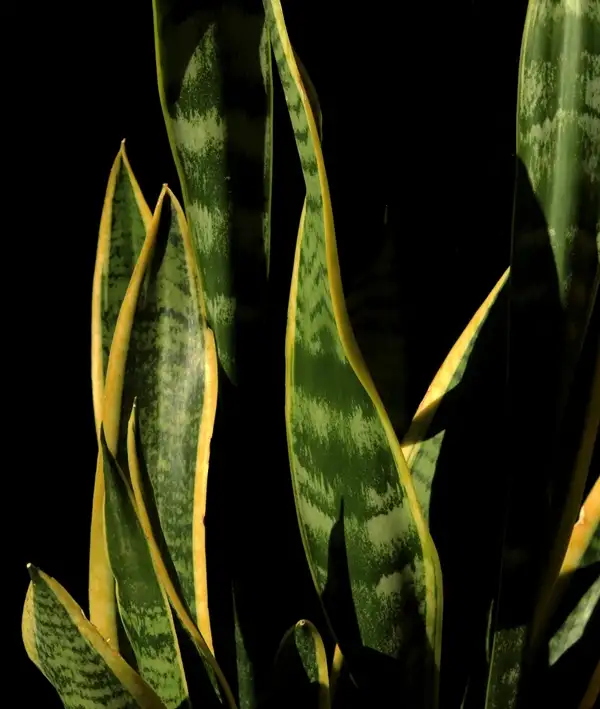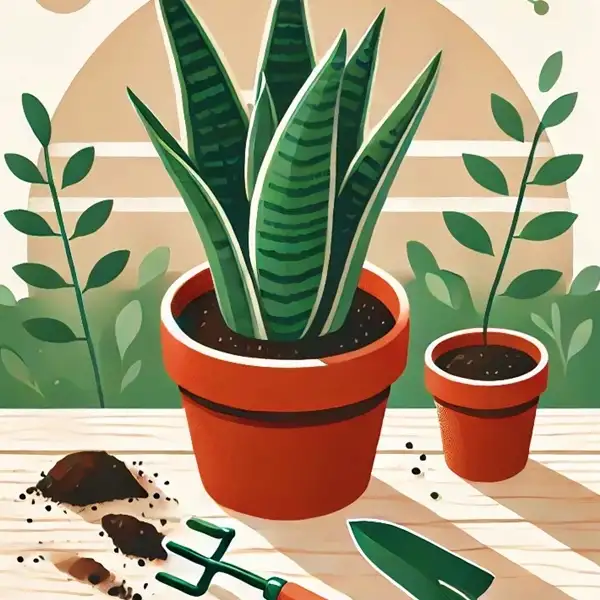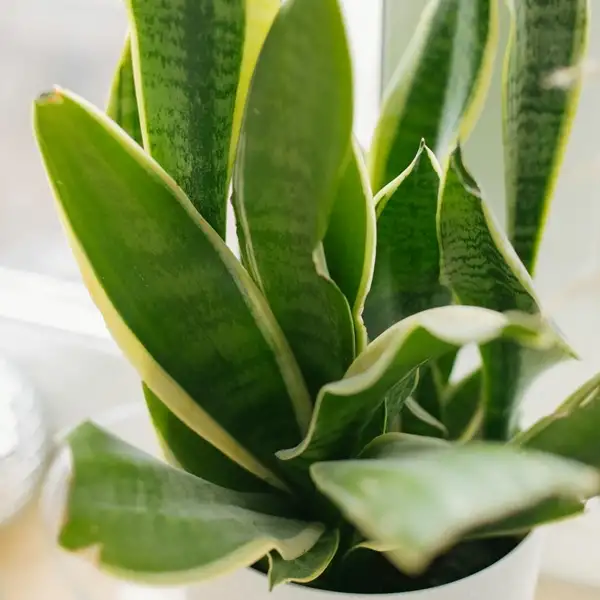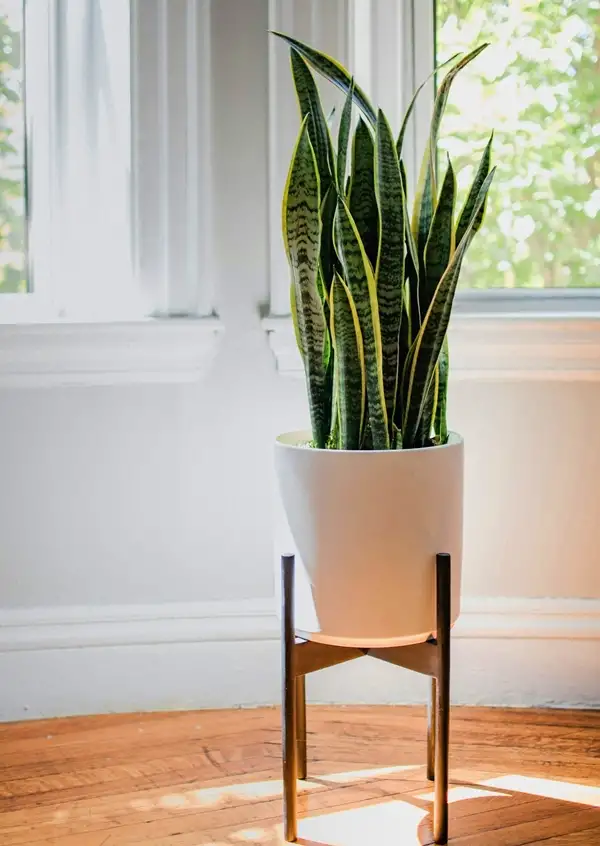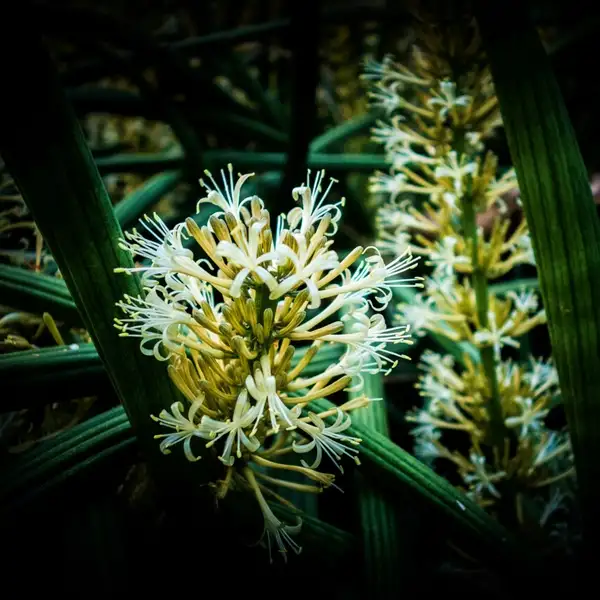Key Takeaways
| Key Takeaway | Why It Matters |
|---|---|
| Unveiling the True Nature of Snake Plants | Discover the fascinating characteristics of this hardy indoor plant. |
| Is Snake Plant A Succulent? | A surprising answer to a widely asked botanical question. |
| Mastering Snake Plant Care | Essential yet simple techniques to keep them thriving effortlessly. |
| Breaking Common Myths | Think snake plants need no care at all? Think again. |
| Why You Should Have One at Home | Beyond beauty—learn the hidden perks of keeping a snake plant. |
| Your Top Questions Answered | From soil needs to air purification—everything you need to know. |
The Nature of Snake Plants
Snake plants belonging to genus Sansevieria, are native to West Africa & have adapted themselves remarkably well to indoor conditions around the globe.
The plant’s rich history is as winding as its namesake with ancient tales describing it as a protector against evil spirits. Its dense green foliage evokes images of lush environments where sunlight is abundant & rainfall frequent.
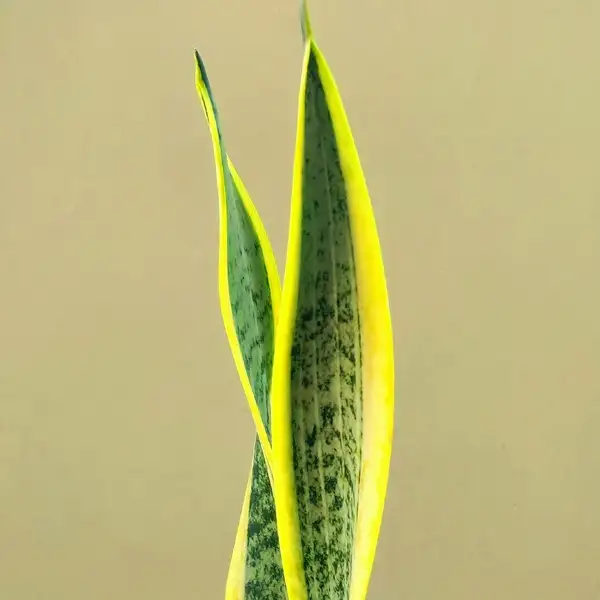
Its remarkably rugged nature has made it an enduring houseplant worldwide. It thrives on neglect which makes it an excellent choice for novice gardeners or those frequently away from home.
To accurately answer ‘Is Snake plant a succulent’ one must first examine the botanical definitions of succulents & their distinguishing traits.
Distinguishing Features of Succulent Plants
Succulents are generally defined by their thickened parts which retain water exceptionally well in arid climates or poor soil conditions. These may include stems but frequently involve fleshy leaves too; indicative features often identified in such plants include glossy surfaces or a coating similar to wax that limits transpiration rates.
The common succulents renowned amongst indoor gardeners belong mostly to the Cactaceae family mainly because they require little care compared with other household flora. However, don’t be mistaken to think all cacti are succulents because approximately 10% do not fit into this category.
There are notable differences among succulent plant families & many factors influence their survival in challenging conditions. Beyond their ability to retain moisture, factors like light requirements, temperature tolerance & nutrient needs also play a crucial role.
Is Snake Plant a Succulent? Exact Answer

Yes! The snake plant is indeed considered a succulent. Their thick waxy leaves store water & this gives them their leathery appearance. Now it might be clear why snake plants have an unusual penchant for drier conditions that would kill off most species of indoor flora – they are inherently designed to survive with minimal water resources.
This does not mean we should entirely deprive our Sansevieria friends of hydration, but rather consider adjustments in watering frequency according to seasonal variations—less during winter months when growth rates generally slow across plant and animal kingdoms, compared to summer when light intensities increase significantly. The upright version particularly prefers indirect sunlight; direct exposure can damage leaf surfaces, causing burn marks or bleaching effects.
6 Essential Tips: Caring for Snake Plants as Succulents
Providing optimal care for your snake plant begins by recognizing its genetic predisposition as a succulent.
| Tip | Description |
|---|---|
| 🌊 Avoid Overwatering |
|
| 🌿 Use Well-Draining Soil |
|
| 💡 Provide Indirect Light |
|
| 🪴 Choose the Right Pot |
|
| 🔍 Inspect for Pests |
|
| ♻️ Repot When Necessary |
|
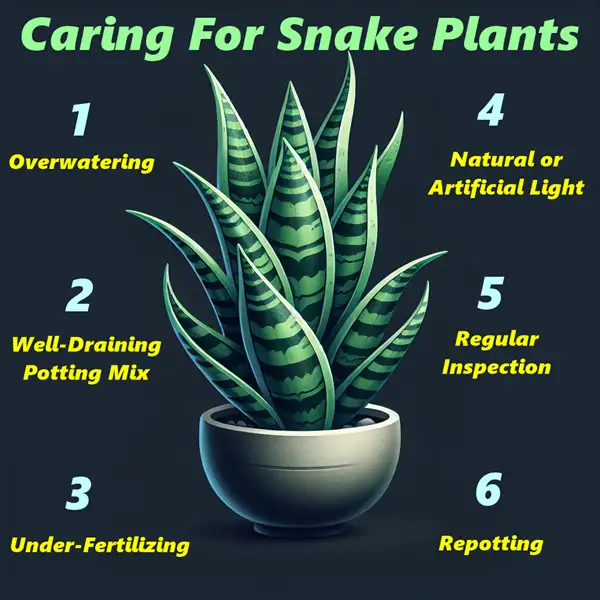
2 Killing Myths about Snake Plants & Succulents
| Misconception | Clarification |
|---|---|
| 🛡️ “Snake plants thrive on neglect“ |
|
| ☀️ “All succulents love direct sunlight” |
|
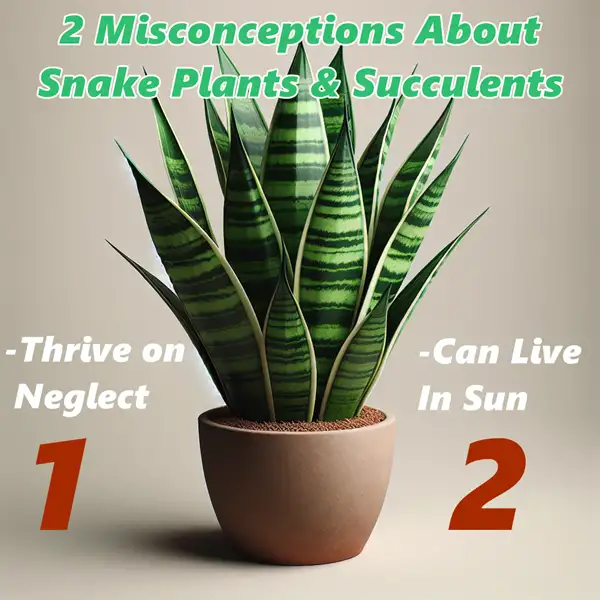
6 Benefits of Growing Snake Plants at Home
Having a snake plant at home not only intensifies the aesthetic appeal but also brings in numerous health benefits.
| Benefit | Description |
|---|---|
| 🌬️ Air Purification | Snake plants filter indoor air, removing toxins like formaldehyde & benzene contributing to a healthier environment |
| 😴 Oxygen Production | Unlike most plants, snake plants release oxygen at night potentially improving sleep quality when placed in bedrooms |
| 🛡️ Low Maintenance | Resilient & adaptable, they require minimal care, making them ideal for both novice & busy plant enthusiasts |
| 🎍 Aesthetic Appeal | With their striking, upright leaves, snake plants add a modern & elegant touch to any interior decor |
| 🧘♀️ Feng Shui Benefits | Believed to attract positive energy, placing snake plants in homes is thought to bring good luck & harmony |
| 💼 Productivity & Well-being | Workplace studies in environmental psychology revealed that snake plants boost productivity, creativity & reduce stress fostering a happier environment |
Frequently Asked Questions
Can you plant snake plants with succulents?
Yes! Snake plants grow well with other succulents since they share similar care needs. Use well-draining soil & ensure other succulents have matching water & light requirements.
What are Snake plant tea benefits?
Snake plant tea lacks strong evidence of benefits. Focus on its air-purifying qualities instead.
What are Snake plant benefits in bedroom?
Snake plants purify air, release oxygen at night & require little maintenance making them perfect for bedrooms.
Does a snake plant need succulent soil?
Yes! Well-draining succulent soil prevents root rot & supports healthy growth.


